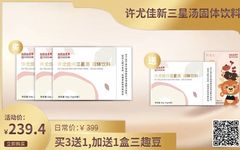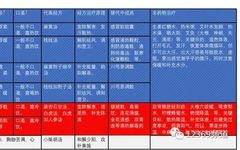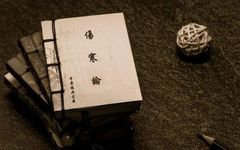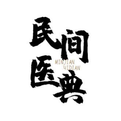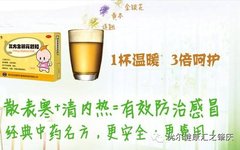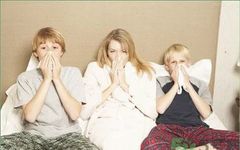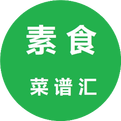Four Stages and Four Treatment Plans for the High Incidence Season of Colds: Essential Knowledge for Parents!
Image Source: Authorized by Baotu Network Today, the wind is strong and chilly, as if it is time to test our weight. When children go to school, they may be pushed along by a gust of cold wind, experiencing the “wind evil” and “cold evil” firsthand, making them susceptible to colds. Generally, we classify wind-cold … Read more

